With Metta
|
This photograph of Richard Hunn as a young teenager was forwarded to me by his widow - Taeko Hunn (nee 'Watani') - who continues to live in Kyoto, Japan.
With Metta
0 Comments
Around 2002, Richard Hunn, whilst flying between Japan and the UK had a stop-over in South Korea. Whilst perusing his way through the bookshops he discovered this 'The Buddha Box''. Designed in the USA and made in China, this delightful product contains a small Buddha-Image, a canopy within which he sits, and a beautiful hardback book (which sits in the back of the canopy). When he came to stay at our home in South London, he presented this to me as a gift:
Shuffling off the mortal coil, within the context of Chinese Ch’an Buddhist practice, is often associated with the male or female practitioner leaving the body whilst sat in the cross-legged, upright meditation position. Breathing slowly reduces until it can no longer be discerned, and the bodily processes come to a gentle halt. Chinese Ch’an literature is replete with recorded stories of men, women and children dying whilst standing, sitting or lying down, whilst retaining a particular posture. Some enlightened peasants have also passed away at a whim whilst working in the fields without a moment’s hesitation. Such an activity is inherently associated with the attainment of enlightenment and is still fairly common, even within Mainland China today. This is known as the practice of ‘Seated Transformation’ (坐化 - Zuo Hua), and is common in both advanced Buddhist and Daoist practice. By the time Richard Hunn passed away on October 1st, 2006, his body had been substantially weakened through months of spreading cancer and the effects of various radiation treatments – but he stated to me that he was going to die whilst ‘sitting up’, and that was that. As matters transpired, Richard Hunn passed away whilst sat-up in a Kyoto-hospital bed – and as his life-processes dissipated, he asked to go to the bookshop and buy some Wordsworth... I have researched both ancient and modern cases of ‘Zuo Hua’ in China and studied the photographs and eye-witness reports. The 6th Patriarch of Ch’an - ‘Hui Neng’ (坐化) - died in 713 CE and his body still sits upright in meditation, as does the body of Master Han Shan (憨山) who died in 1623 CE. There are many more – Daoist and Buddhist – scattered throughout the temples of China, and added to this are the hundreds and thousands of other ‘ordinary’ people who passed away sat-upright in-front of witlessness (often with written and photographic evidence). In my own seated practice, I understand that although the spine can be kept ‘buoyant’ whilst still consciously aware, the head inevitably drops forward when the sleep process is triggered, or the death process manifests. Many modern seated deaths end with the upper-body leaning (naturally) forward as the muscles completely relax. I am told that the alignment of the bones is the answer – (as in the advanced practice of Taijiquan). If the bones are aligned properly whilst seated, then the posture (I.e. ‘bones’) will be self-sustaining when all muscle-tension and control dissipates at the point of death. Elongating the vertebrae of the neck whilst pulling the chin slightly in should prevent the head from drooping at the point of death. Should my partner – Gee – be present when I experience ‘Zuo Hua’, I have requested that she photograph and film the experience for the progression of scientific understanding.
I respect the Theravada School and have trained with its monks and nuns many times. I admire its Dhamma and work to protect and preserve it in Sri Lanka, Thailand and Myanmar, etc. However, there are certain differences of view which I wish to explore (although in my own training, I see no difference). The Theravada view (for many but not all) is that the senses are purified when the body (and mind) is removed from direct contact with a polluting environment (such as when entering a forest temple or monastery, etc). Only a monastic can purify their minds fully, with a lay man purifying his mind to a lesser degree than the average monastic, but certainly more so than a lay woman. The Ch’an School rejects this view. As the empty mind ground underlies ALL phenomenal existence, the idea that only monks (or nuns) can fully realise it does not hold, and is contradicted by the numerous examples of enlightened lay men and women in the Pali Suttas, and the Ch’an tradition (including children) within China (Vimlakirti is perhaps the greatest Indian example), but what does this difference mean in reality? The Theravada method suggests that enlightenment - I.e. the uprooting of greed, hatred and delusion – is dependent upon circumstance and is only possible if an individual is ‘removed’ from direct contact with the ordinary world. Then, the corrupting influence of the three taints diminishes and eventually falls away (as all stimulus ceases). However, should such an individual be plummeted back into the ordinary world, then this deluded mechanism would re-active and the mind be yet again consumed by greed, hatred and delusion. The Ch’an method ensures that whilst living in isolation, or at least relative peace for a while, the mind calms to a considerable degree so that the hua tou and gong-an methods can ‘return’ ALL sensory stimulus back to the empty mind ground from which it originated. Once the hearing has been returned, all the other five senses are also returned, and the empty mind ground fully penetrated and realised. This experience automatically ‘purifies’ the six senses in a permanent manner that cannot ever be re-corrupted. This is why the Ch’an School advocates the ‘Ch’an Week’, or periods of intense meditative activity interspersed with weeks (or months) of quite ordinary and mundane activity. This explains why many Ch’an monastics either return to lay life to spread compassion and wisdom throughout society, or hold office or other positions within the lay world as monastics with no problem whatsoever. It makes no difference where their expedient body resides, as the six senses have been fully imbued (and transformed) through the presence of a pervasive and all-embracing ‘emptiness’ which is as purifying as it is compassionate and full of loving kindness. This reality further explains why many Ch’an practitioners refuse to ordain in China, as there is no need to do so.
Around 14 years ago, I came into contact with the 'Sad Monk' (Qiao Seng) on a discussion forum regarding the exploration of Chinese Ch'an and Japanese Zen. I soo received an A4 envelope in the post from the United States containing 11 unique works of hand-painted artwork - included (above) a portrait of Master Xu Yun (1840-1959). The other pictures appear to be representations of the 10 Ox-Herding pictures. I have kept these masterpieces safe over the years, as I have moved from one living space to the next, but now feel the time is right to share them through a public space. Please respect the sanctity of these images and enjoy them in this gallery without removing or copying. This is out of respect for the artist - 'Qiao Seng' (Scott Martinez) and his original good intention. May all beings be happy and free from suffering!
What is the point of Ch’an (or Buddhist) enlightenment in the modern age? Many, if not all of the world’s great scientific breakthroughs have been made by human minds that have not undergone the Buddhist training, and which have not uprooted greed, hatred or delusion, transcended duality or perceived the empty mind ground. My personal opinion is that Buddhist developmental methodology is not a religion, despite the fact that many manifestations of Buddhism have assumed the garb of religiosity. Buddhism is not anti-science as the theology of other religions is often presented, and yet the Buddha and his disciples (although many of them ‘learned’), could not read or write. Many are surprised by this, but at no point in any of the 5000 plus Buddhist texts does the Buddha mention the modern notion of literacy, despite the Buddha’s thought processes appearing to be very modern despite manifesting at sometime between 2,500-3000 years ago in ancient India. As the concept of modern science has now mainstreamed in the world, together with literacy being the preferred norm, the Buddha’s path no longer seems that special or important. An effective scientist does not need to meditate or gain enlightenment to be an effective servant of humanity, and profoundly assist in its development and welfare. On the other hand, I have read Professors at Oxford University state that in their opinion, the Buddha was the first ‘modern’ thinker at a time when logical thinking was thin on the ground, with Carl Jung opining that the Buddha appeared, through a sheer act of will, to think ‘outside’ the era within which he existed. This on its own is an extraordinary feat, if it is accepted that he was the world’s first modern thinker in the true sense. In today’s world, being intellectually astute is inherently linked to simultaneously possessing a high degree of literacy and coming from an economically rich background, and yet the Buddha had none of these things as a spiritual-seeker. Indeed, today he would be considered one of the homeless community and what he had to say would be deliberately excluded from what is considered the general (and valid) discourse of mainstream existence. It is perhaps ironic that most that refer to themselves as ‘Buddhist’ in the contemporary West are of the privileged economic class that the Buddha rejected. The enlightened Buddha combines poverty, homelessness and unemployment with selflessness, non-attachment and sublime wisdom. What is interesting is that if a person were to live in a peaceful forest or on top of a hill far from the cares of the ordinary world, then the Dharma certainly does prove to be a ‘way out’ of ordinary suffering (by following the Vinaya Discipline). However, within the Ch’an School (and the Vimalakirti Nirdesa Sutra), the Buddha explains the path of the enlightened lay-person. Such a person lives amongst the pleasures and pains of the world and remains non-attached to arising and falling thoughts (and emotions), and is unmoved by words of praise or blame. The empty nature of material reality is always perceived as underlying the continuous play of phenomena. Although a busy street or a quiet mountain top may differ in outward appearances, they both share exactly the same empty mind ground, and other than the practicalities of different manifestations, no real difference can be discerned. Understanding this is the further training required after enlightenment. From my own perspective, training as a young man directed, strengthened and freed the full intellectual and wisdom capacities inherent in my mind, whilst allowing me a completely different way of relating to and controlling my physical body. This led to tremendous academic success and the mastery of our family martial arts system.
What happened next? Richard Hunn had talked about separating the ‘bodhis’ from the ‘klesas’ - but like much of his method, a pristine insight was delivered through a typical British sense of humour. He also said that an individual must not be attached to the void nor hindered by phenomena, and that an indeterminate period of further training was required. Within Ch’an training, often it is the case (but not always) that ‘klesa’ still bubble-up to the surface of the mind post-enlightenment, where they can be harmlessly ‘dissolved’ through the power and strength of meditative insight (prajna). What are ‘klesa’? Klesa are psychological and emotional distractions of various strength, thought to be the product of eons of generating thoughts premised upon greed, hatred and delusion, through the filter of subject-object duality. In modern terms, this is the disrupting (and potentially damaging) reactions in the mind that respond to, and condition further actions and reactions in the physical environment. If a strictly scientific analysis is applied, klesa are the negative thoughts and feelings that cause distress to an individual that have been imported into the interior of the personal mind from the conditioning elements of the collective environment since birth. The Buddha states that a type of rebirth (but not reincarnation) operates within his system, whilst also asserting that at the point of enlightenment (viewed as the stage of ‘relative enlightenment’ as recorded by the ‘3rd’ position of the Caodong School) all rebirth ceases (as the ridge-pole of ignorance is forever broken), and is understood to be non-existent. Therefore, within the enlightened state, rebirth does not exist and only APPEARS to exist in the unenlightened state (probably because it was a common belief in India when the Buddha was alive). Of course, ‘rebirth’ can be imagined as existing as virtually everything can. In this scenario a vivid depository of thoughts may exist in the mind apparently linked to other existences, and this is an experience I have had during meditation (seeing previous existences in China), recognising friends and family around me today, as characters previously existing in bygone lifetimes in different places. The Ch’an method interprets all this as delusion which must be ‘given-up’ if the empty mind ground is to be realised. From 1992 until today (2019) I have been adjusting myself to circumstance. Physical existence appears to be happening within a glowing luminosity, an empty three-dimensional space or void that contains all things. Material objects and the physical world appear real in their own right, but inhabit this infinite, vacuous reality without hindrance or contradiction. Thoughts and feelings yet again move across the surface of the mind but are now both in the ‘present’ and yet fully ‘transparent’. This flow of conscious paraphernalia is no longer hindering or obscuring, but a natural part of physical existence. It no longer possesses historical roots, but appears purely existential in nature (linked entirely to my present and unfolding existence). As time goes by I find myself becoming ever more deeply ‘aware’ of this reality and its processes.
Demystifying the enlightening experience is not a trivialisation of this experience, on the contrary, it is a clarification. As an exercise in logical thinking it also seeks to uproot and exclude the pretensions associated with pseudo-enlightenment and the exploitation contained therein. Is enlightenment a real experience? Yes – in my experience it is – but this statement should not be taken as a support for religion or religious dogma of any sort. It is a subjective experience which marks a radical shift in how an individual consciously perceives and interacts a) with consciousness itself, b) their physical body, and c) the material environment (and everything within it). I used the hua tou method for years (1989-1992) in an intense and dedicated manner, whilst living in relative isolation and receiving instruction from numerous individuals (with the guidance of Richard Hunn proving decisive). What happened? Through seated meditation throughout the day and night, I looked for certainty in a mind that was forever moving. My root consciousness would grasp this fleeting state, or that fleeting state which temporarily passed before it as being ‘the one’, as I had no real knowledge of what I was seeking. The act of regular meditation pursued through a highly regulated and disciplined outer lifestyle granted me security and stability in the physical world, so that I could direct all my available energy into the interior of my being. Endless thoughts and feelings traversed the surface of my mind and led to all kinds of vivid imaginations, usually as opposite and equal responses to the Vinaya Rules. (For instance, a complete lack of sexual activity in word, deed ad thought, led, for a time, to an intensification of thoughts and feelings premised upon ‘desire’). Initially, the surface mind would ‘quiet’ and a dull emptiness would appear – similar to a mirror made dull my smears and layers of still dust. On other occasions, this admixture of filth would manically swirl around. I could sense the true void behind this interchanging activity, but could not quite see through to it. (Later, I learned that this is stages ‘1’ and ‘2’ of the Caodong School methodology). After two years of meditation, and having my words ‘turned’ by Richard Hunn, a major (and permanent) breakthrough occurred. Whereas my words of enquiry were invariably jumping from one aspect of externality to another, Richard Hunn would expertly switch the emphasis away from the external (objective) to which I was attached – back toward the ‘root’ of the word-thought nexus, and into the empty mind ground. He performed this duty for me continuously and without fail. There was no pretence, no attachment to the external world – just Ch’an function returning to principle.
Eventually, after being shown the empty mind ground enough times, my mind-state radically shifted. A deep and profound ‘emptiness’ manifested that was nothing but complete ‘bliss’ to experience – like a continuous sexual orgasm throughout the mind and body, but completely divorced from the sexual function. Richard Hunn explained this as stage 3 of the Caodong School – further describing this awareness as ‘relative enlightenment’. The temptation was to stay in this magnificent state and never come out of it (once described as ‘samadhi suicide’). I could imagine living in a forest or on top of a hill, and permanently experiencing this ‘bliss’ for as long as my physical body existed. However, Richard Hunn warned me against this, and stated that the journey was not yet over. Being attached to this state of ‘oneness’ and ‘bliss’ was like being detained on a journey by a deceptive gold chain. This was also the stage of being sat atop of a hundred-foot pole – the key now was to ‘jump off’ - but how to do this? Although my mind had ‘cleared’, I still subtly mistook the now calm (and reflecting) surface mind (guest), as being the profoundly empty mind’s eye (host) – without knowing at the time that I was doing this. Stages ‘4’ and ‘5’ of the Caodong School explained this, but it was a difficult teaching to understand. Richard Hunn explained that I could meditate or not, and that he was saying nothing more about any of this. I decided to continue to meditate and to read the sutras (particularly the ample Ch’an literature translated by Charles Luk), as previously I had not read a word for a few years. When I first read a Buddhist text (the first of any text for two years), it was like the words were tumbling from mind, through my eyes and onto the paper... Surely an indication of what the Lankavatara Sutra terms the ‘turning about’ in the deepest recesses of the mind. This is where genuine Ch’an literature (and recorded dialogue) come into play. These enlightened (I.e. ‘non-inverted’) utterances orientate the mind and clear away confusion (although for the ego the opposite effect is observed). I altered my practice to periods of intense Ch’an meditation interspersed with elongated periods of worldly activity, as this entire affair appeared to turn on how ‘stillness’ and ‘activity’ was understood and undertaken. Richard Hunn simply advised that my ‘virya’ will carry me through. My mind in my head remained ‘still’ in the face of the ‘moving’ external world. For about a year I endeavoured to ‘balance’ this reality in various ways (the ‘not one’ of the ‘4th’ Caodong stage), always seeking the ‘not two’ (‘5th’ stage of the Caodong School). This is how it seemed to me then, with Richard Hunn stating that no genuine Ch’an master would say anything beyond the ‘3rd’ Caodong stage. Try as I might, I could not get beyond the duality of my ‘empty’ mind and the ‘moving’ world. I decided that the key lay in finding the ‘emptiness’ within the ‘empty’ mind. All of this was the world viewed from the ‘3rd’ stage of the Caodong School - looking inward and looking outward – there was the basic duality that I could not transcend. In the meantime, my hua tou practice matured. Whereas I had ruthlessly pursued ‘Who is hearing?’ - using the hearing capacity to control, organise and transcend the stream of thoughts in my mind, I now used this practice to simultaneously ‘return’ ALL my six senses (simultaneously) to the empty mind ground – although I always remained just this side of a major breakthrough. I began to see that ‘subject’ and ‘object’, although expediently disconnected, where in fact (and in some way) intrinsically connected. There was ‘oneness’ and there was ‘twoness’ all at once – but Richard Hunn (out of his compassionate wisdom) would not affirm or deny any validity to my observations – an I was always thrown back upon my own devices. Since my initial realisation there had been a tension of sorts. This provided the inner power to continue the journey. An ‘inner potential’ built-up through right intention, and correct meditational effort. One day, I was sat meditating out-doors, as I found the open air conducive to expanding the mind’s awareness. Whilst ‘returning’ all sensation to the empty mind ground, a gentle breeze blew across my face and front of my body. At this exact moment (around August, 1992), my perception finally altered and I adopted the ‘host’ and ‘host in host’ position – an integration of stages ‘4’ and 5’ of the Caodong School. My awareness, which had been confined only to my head, suddenly ‘expanded’ to encompass the entire environment. The awareness penetrated through my body and united the sense organs with sensory stimulus and sense objects into a profound (and empty) oneness and was vibrant and diverse. Reality was both ‘empty’ and yet ‘full’, and there was no contradiction to this understanding. My mind finally ‘turned’ so that I now perceived the world directly through the mind’s eye (host), rather than through its reflection in the surface mind (guest). Around 8 years later (in summer, 2000), Richard Hunn confirmed this experience as being genuine and correct (although in the years between 1992 and 2000 I had travelled to Hong Kong and Mainland China to visit relatives and meet various Ch’an monastics and lay practitioners, all of whom issued the appropriate recognition). As the ‘guest’ became the enlightened function of the ‘host’, the delusive quality was transcended so that the ‘guest’ became the ‘host’, or reality was now comprised of ‘host in host’. The ‘form’ and ‘void’ were clearly distinguishable (hence ‘not one’), and yet the ‘form’ and ‘void’ exist simultaneously integrated without contradiction, boundary or limit (hence ‘not one’). Everything continued as it was before (with Richard Hunn becoming my friend), and yet my mind was permanently (and radically) altered. Master Xu Yun (1840-1959) spent long periods of his long life engaged in isolated meditation, either high on remote mountains, or deep in inaccessible forests or other rural areas. This fact is often obscured by the decisive manner in which Xu Yun often also ‘engaged’ with the world of red dust, and influenced the mundane life of the laity. On the one-hand, Xu Yun appears to disappear for decades (as if dead, or at least ‘not born’), whilst on the other, he appears familiar, routine and part of the furniture (as we say in the UK). The ‘empty mind ground’ (空心地 - Kong Xin Di) is part of the human evolution of the mind, and may well have been the original sentient development when early humans emerged from the primordial swamps. It is a practical reality that is slowly being approached, observed, recorded (in the sense of brain-waves and brain-waves frequencies), and acknowledged by modern science. As Chinese Ch’an only possesses a nodding acquaintance to the Indian Buddhism from which it emerged (in one way or another), it is important not to overly mystify its own nature, or remain unduly ‘shackled’ to conventional notions of religion. However, as Master Xu Yun continuously advised, ‘discipline’ is the only path that works if a practitioner wants to realise the empty mind ground. Non-attachment to ‘thought’ and ‘action’ is a tricky business with many pitfalls...
There is always the ever-present trap of too many words, but there is also the reality of not enough. It is a question of knowing when to combat ignorance, check its progress and uproot its many premises, and when to allowing it a certain tactical growth for easier (later) disintegration. Ego exist in the dark corners of Buddhism where it masquerades as wisdom. Much of this spiritual materialism has its roots deeply ensconced in the Japanese Zen and Chinese Ch’an community in the West. Those lauded as authorities mimic the ethnic Asian culture they have an interest in, and spend their time taking on Asian names, wearing robes and assuming various airs and graces without ever penetrating and realising the empty mind ground. Such people dominate the business world (whilst pretending to be free of it) as they extend their ignorance through the power of commerce. Flying backwards and forwards from China may collect the air miles, but it means nothing on the meditation mat. I am not your friend and even less your enemy, but I am charged with making available (free of charge) any and all Chinese Ch’an teachings to you, and raise the level of consciousness in the West. Master Xu Yun (1840-1959) gave me this task, passed on via Charles Luk (1878-1978) and Richard Hunn (1949-2006), and further authority has been accumulated from various Ch’an temples, monastics and lay practitioners in modern China, as well as receiving encouragement from the Government of China. Of course, I could do without this duty and would prefer to enjoy my middle age in an insular manner, but the love and compassion I have in my heart for humanity and ALL living beings prevents this kind of selfishness.
|
Archives
March 2024
Categories
All
|
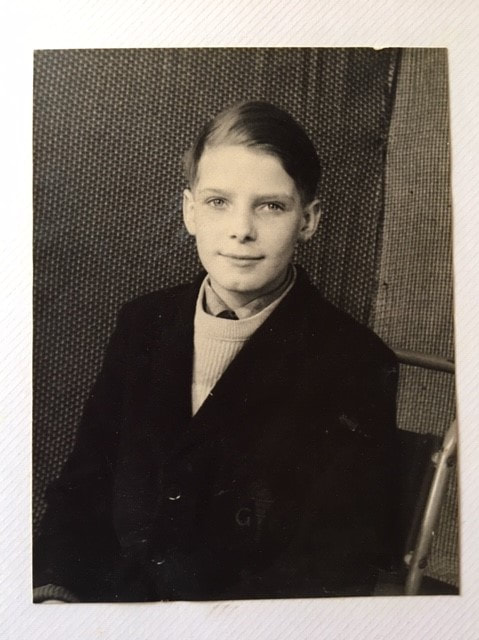
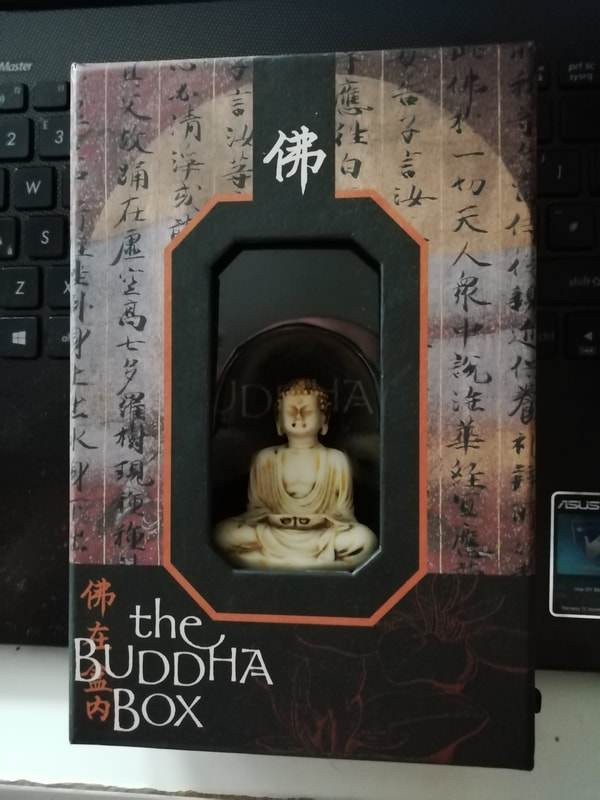
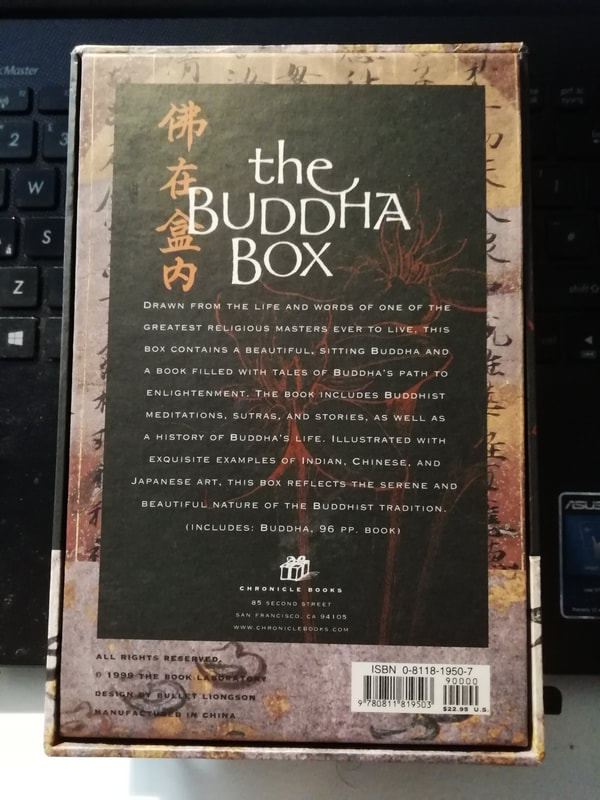

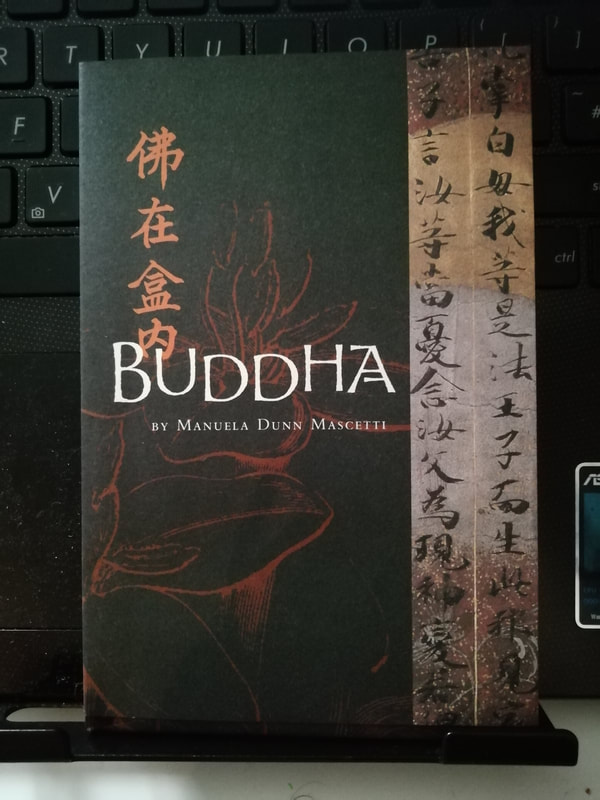
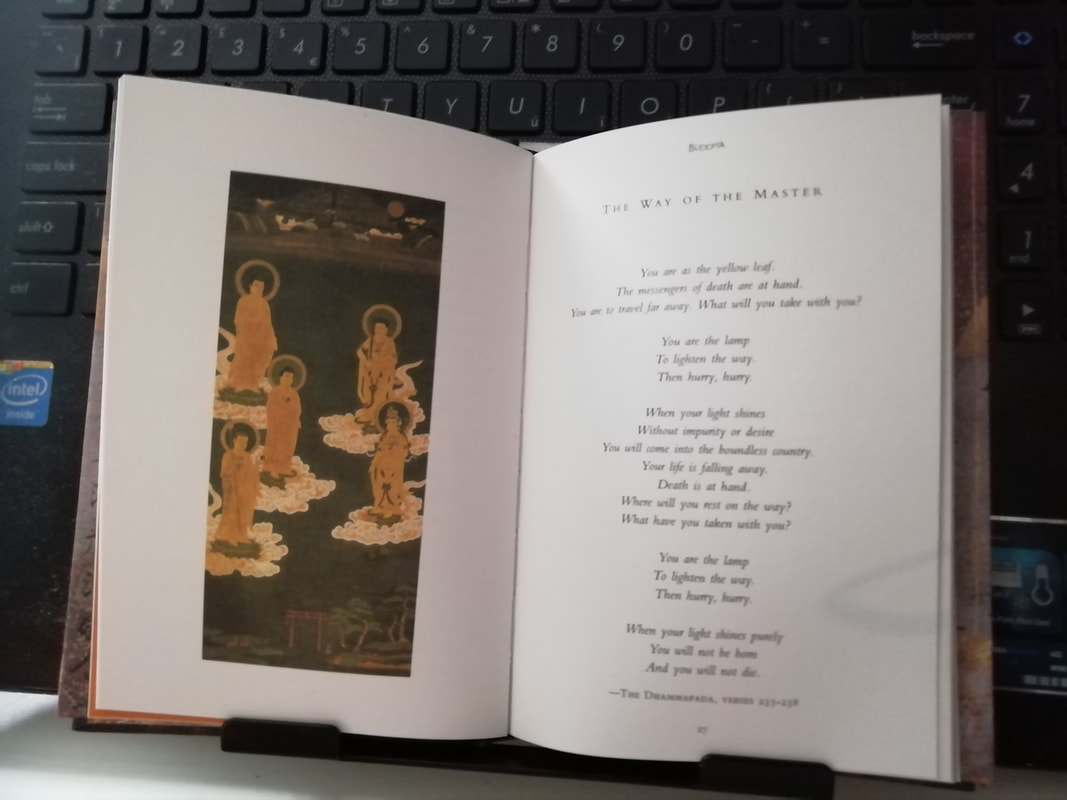
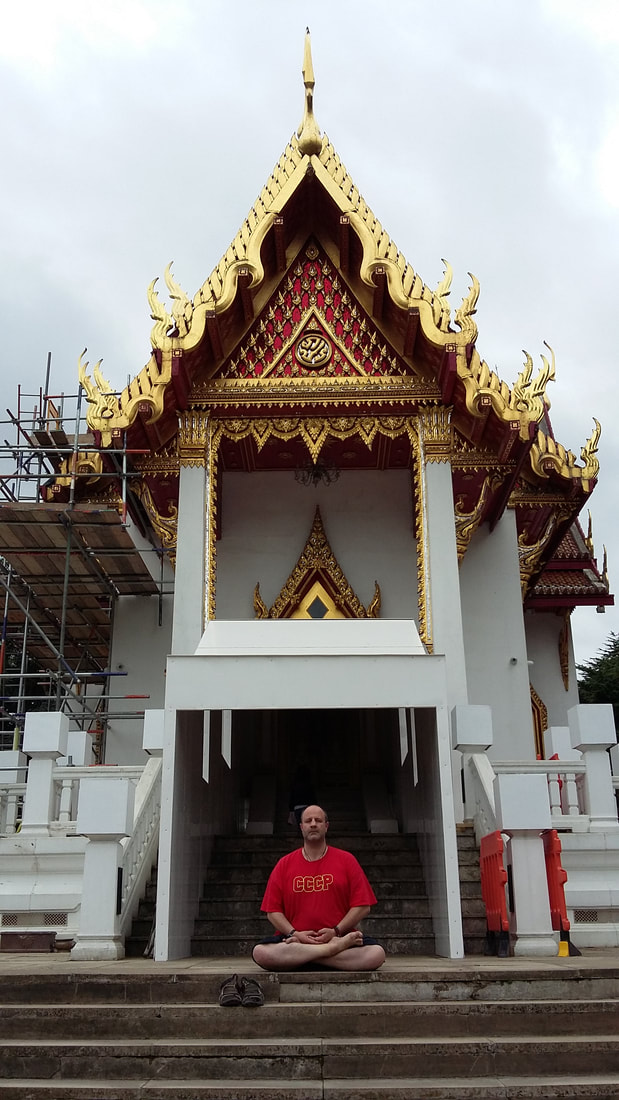
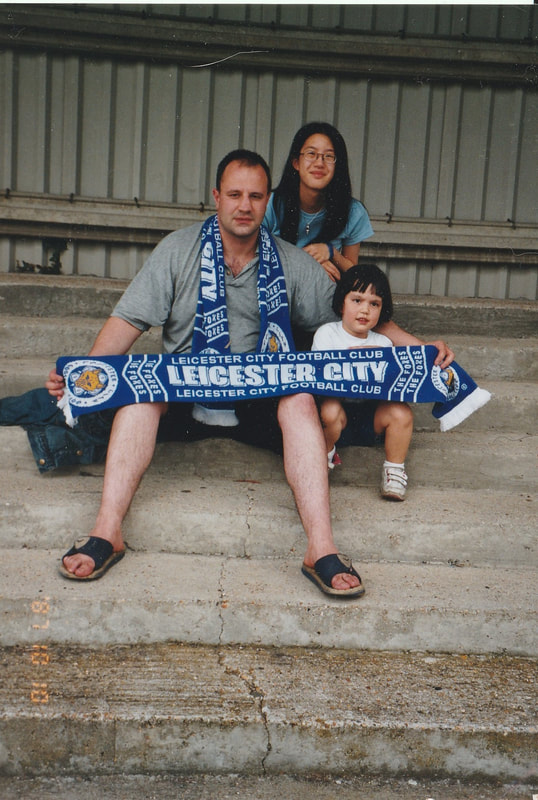
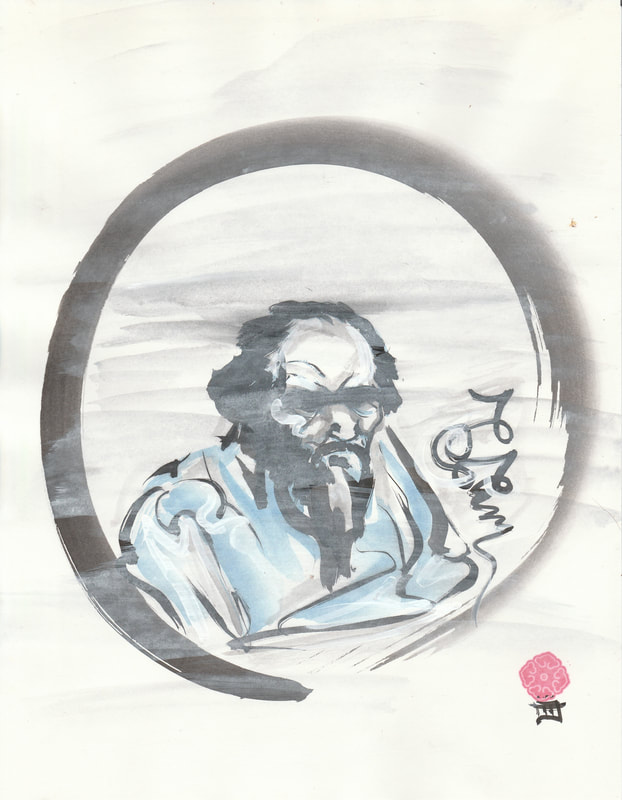
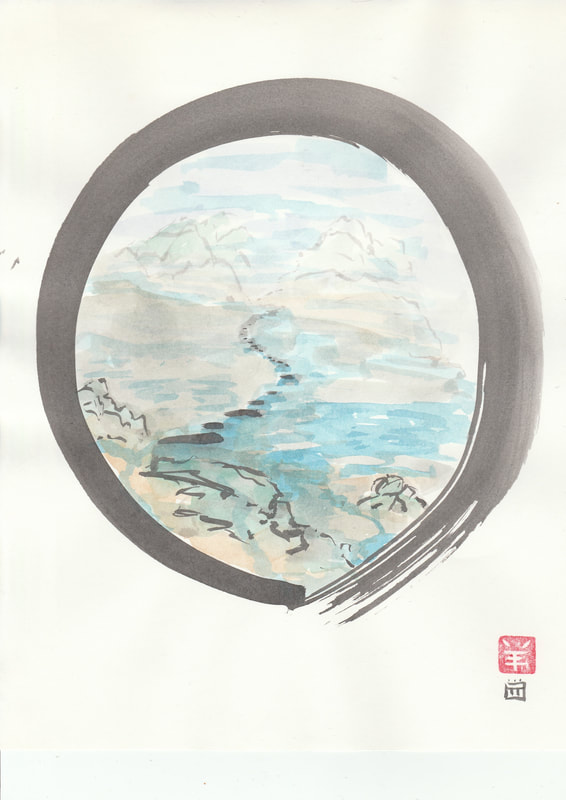
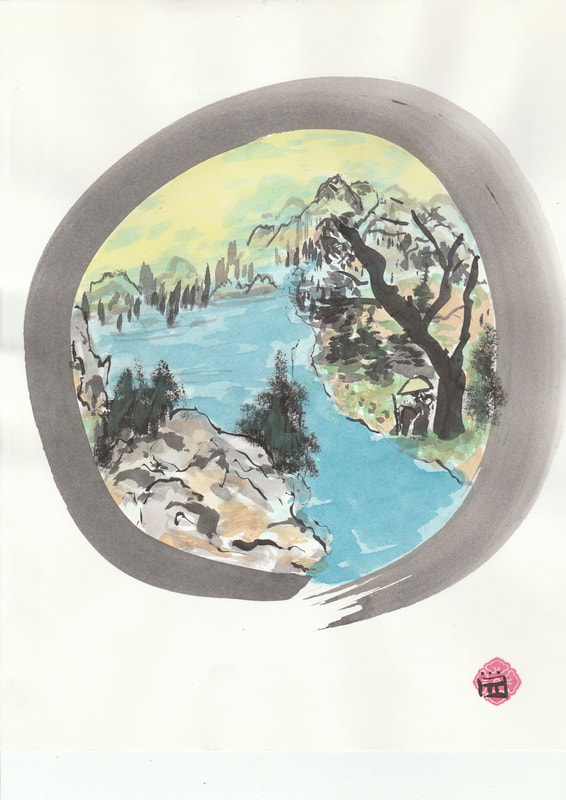
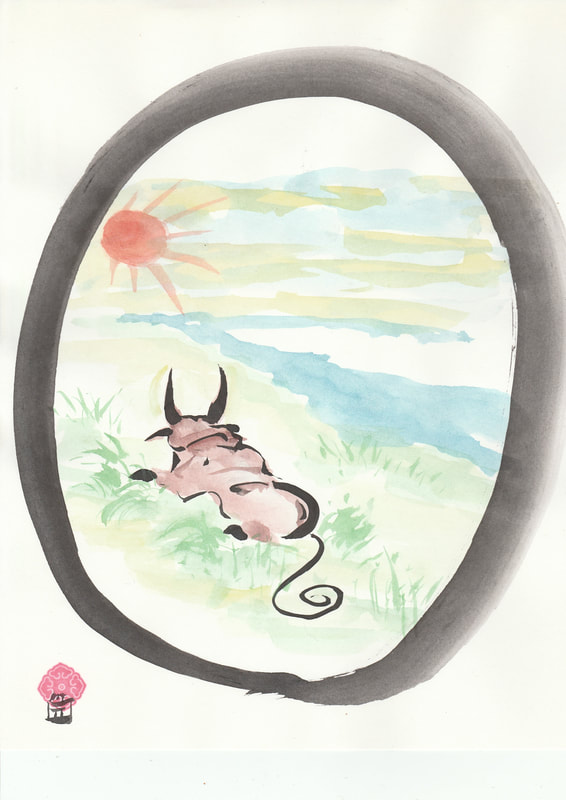
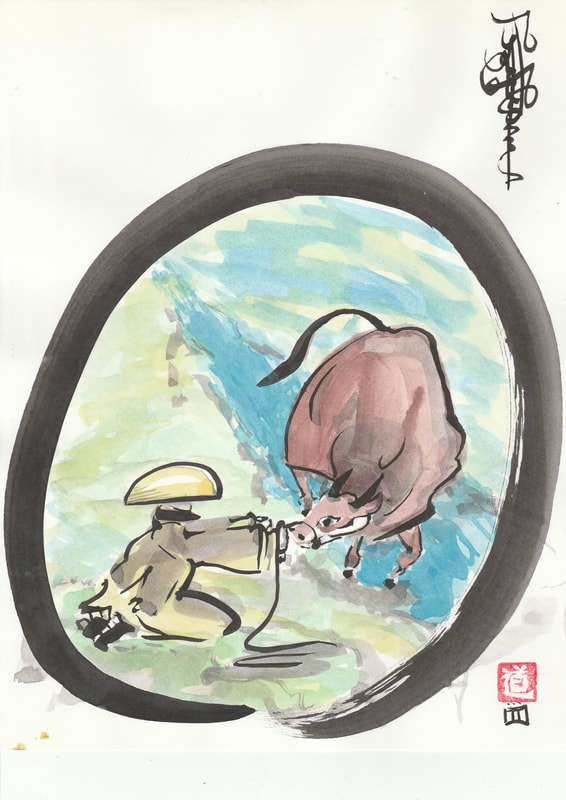
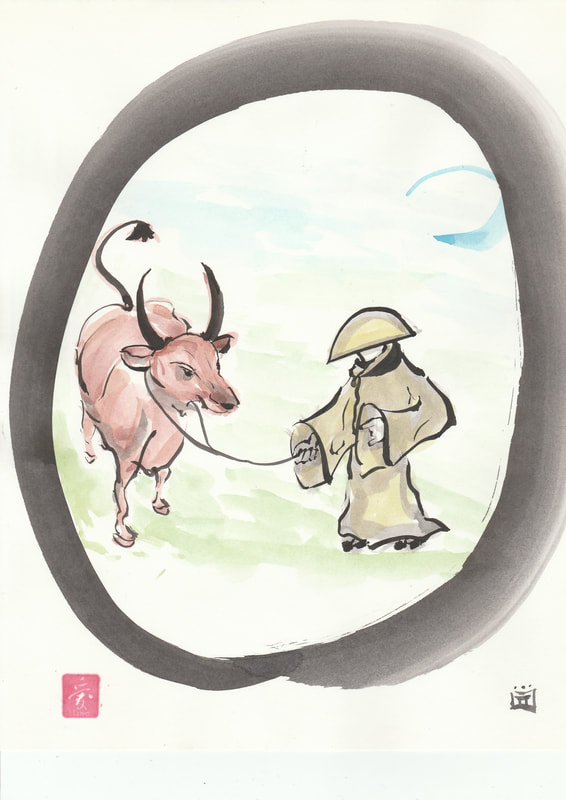
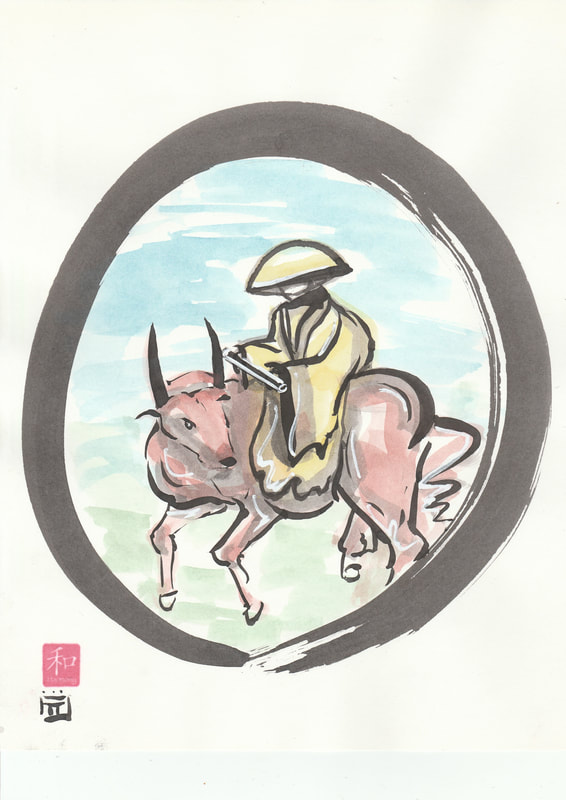
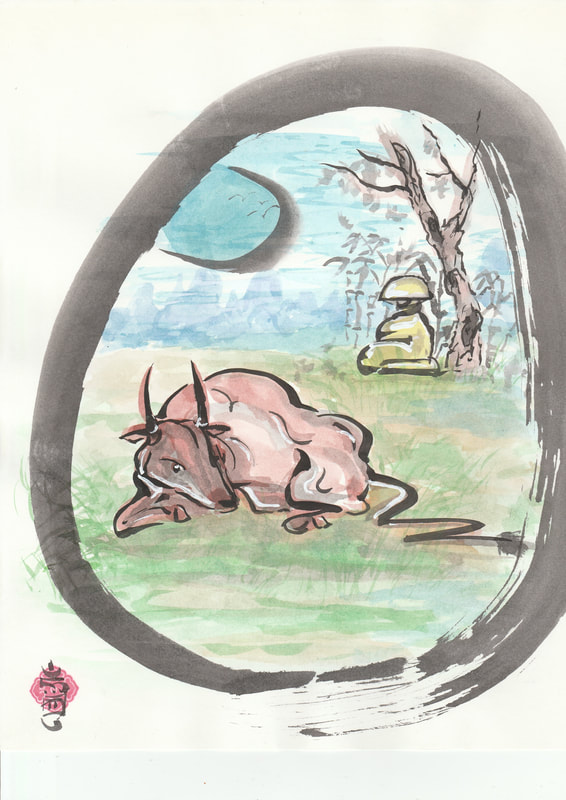
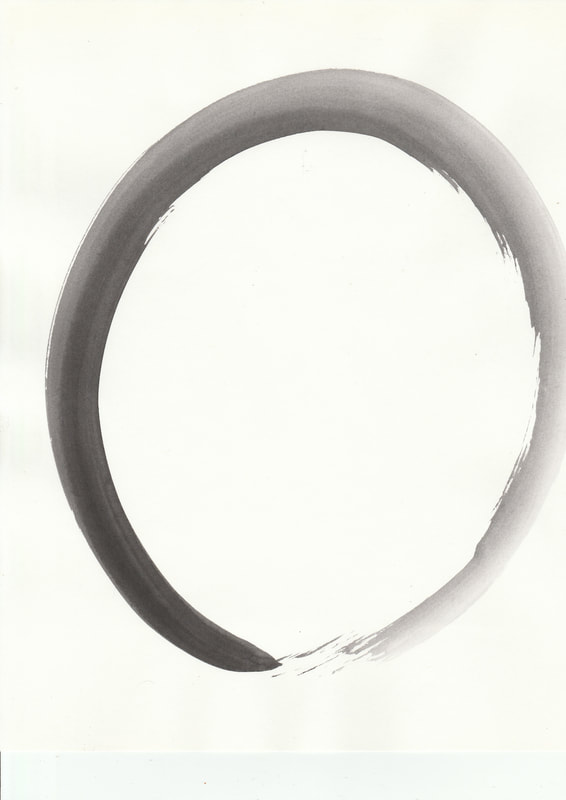
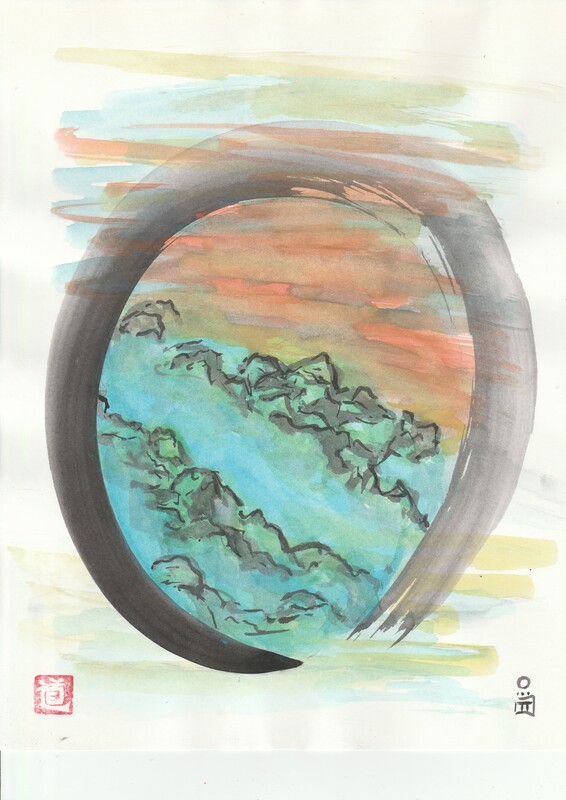
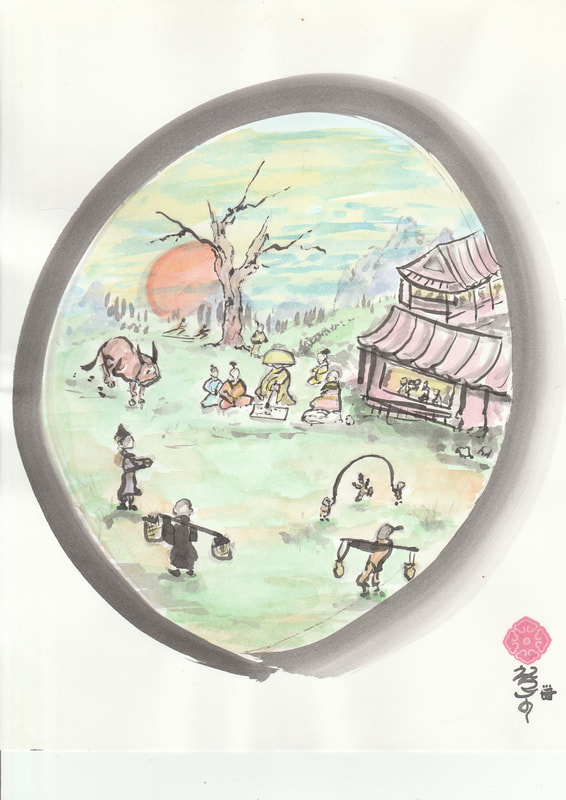
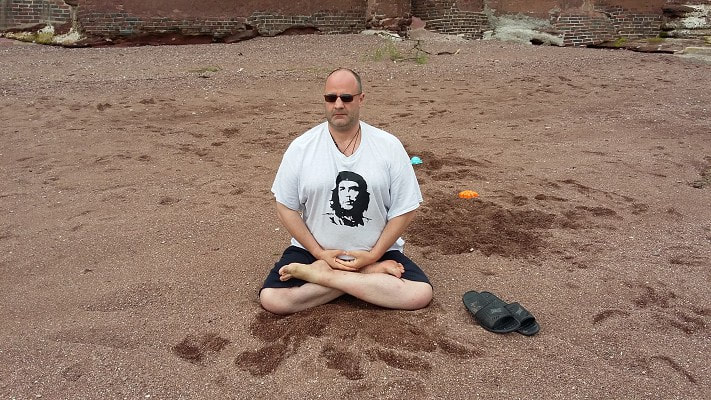
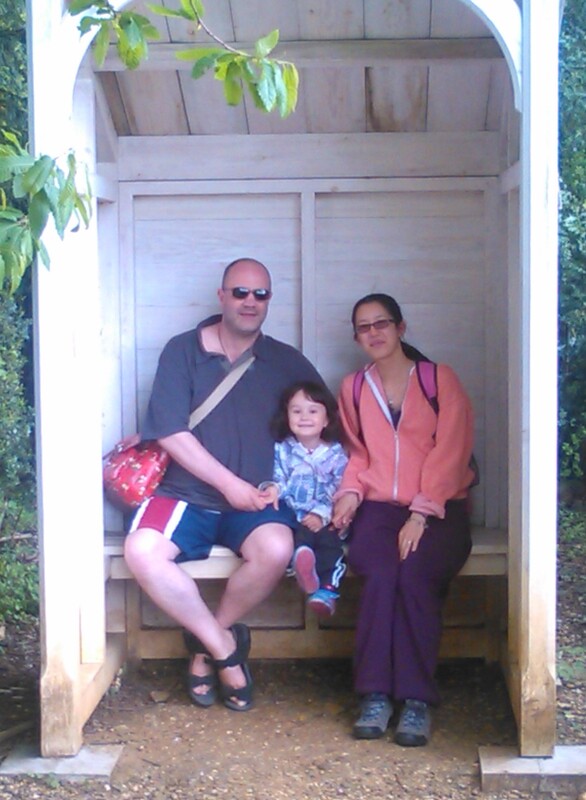
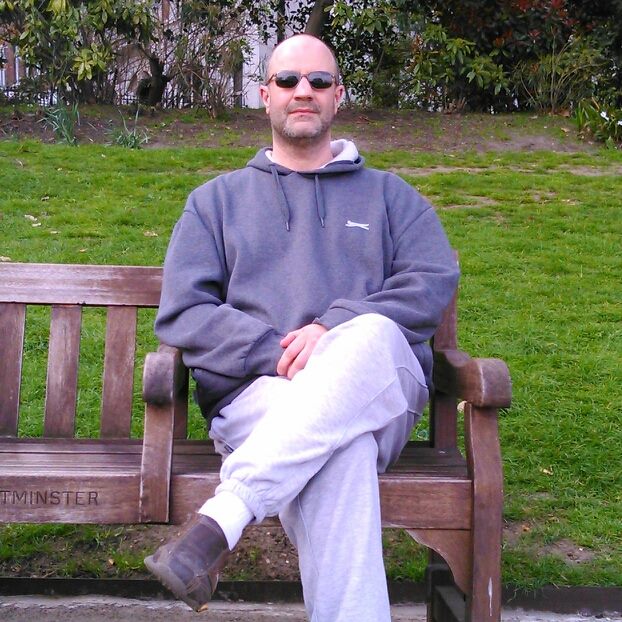
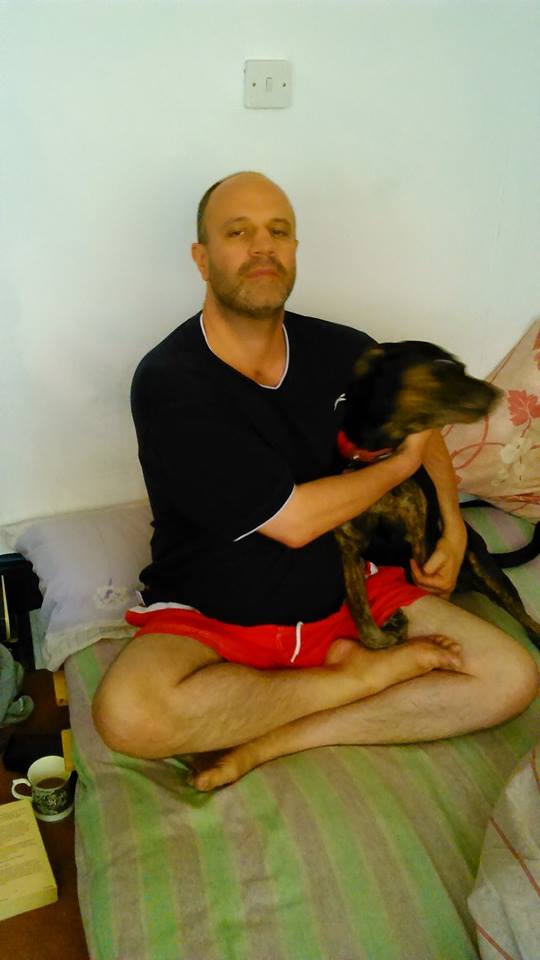
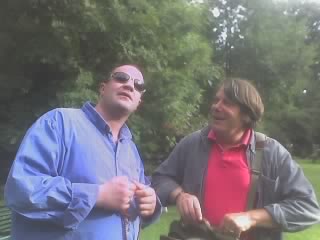
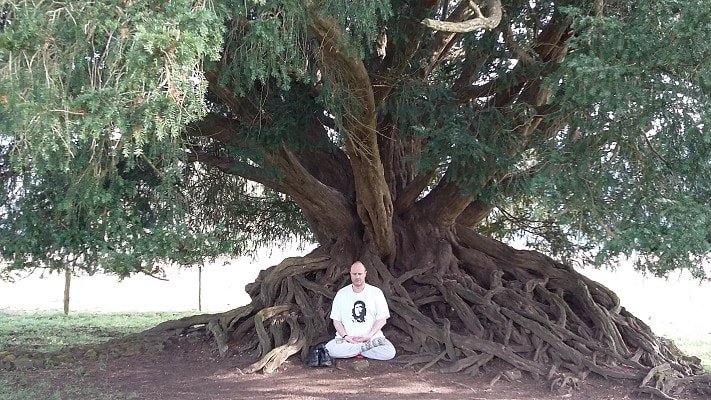
 RSS Feed
RSS Feed